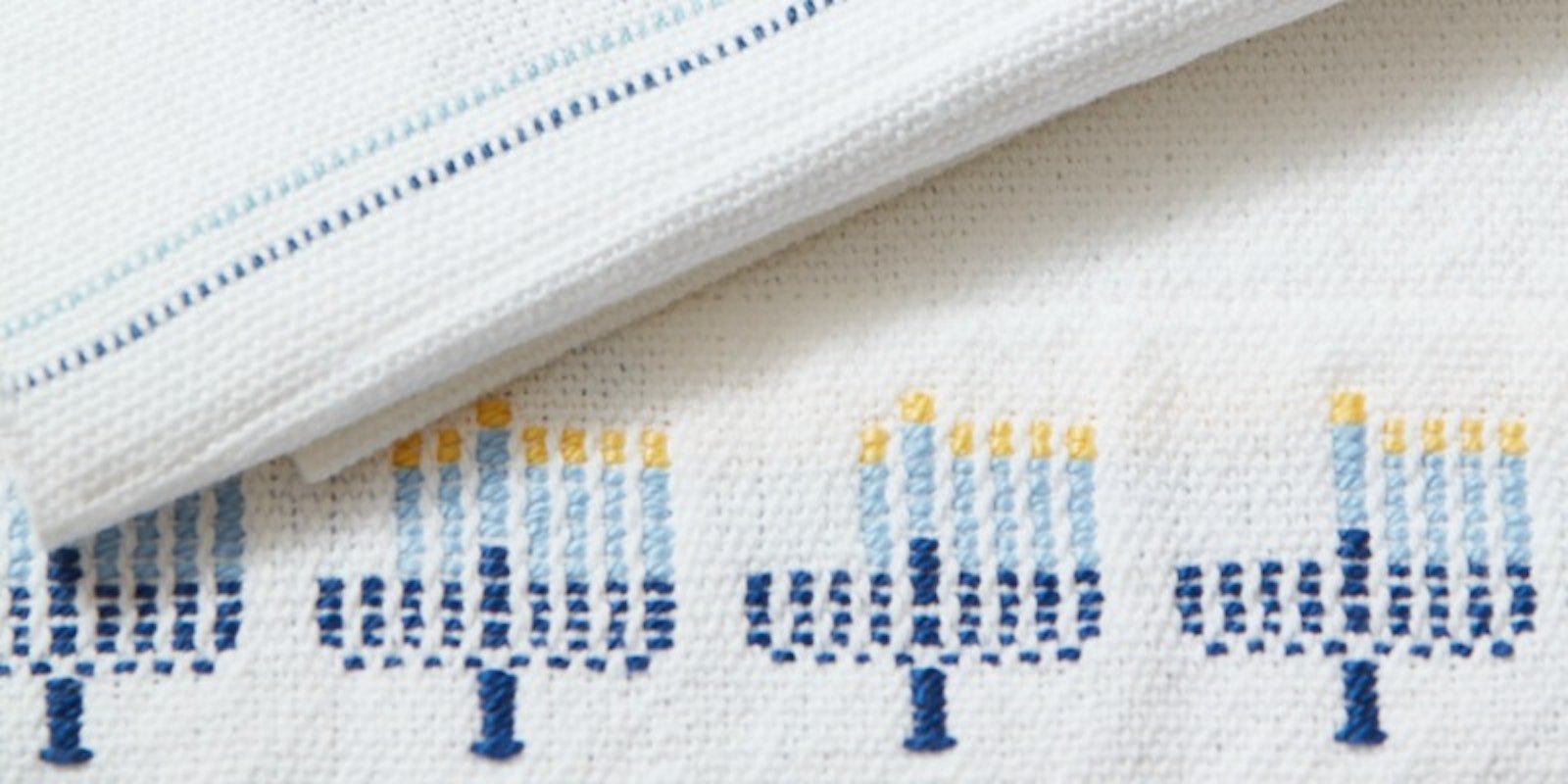This past weekend, I was lucky enough to go to the Santa Fe International Folk Art Market for the first time. I didn’t know exactly what to expect, but I knew it would be a wonderful experience and that I would probably be going home with more than a few goodies. (I’m happy to say I was correct on both counts.) I’ll share more details about the market, including stories of the artisans from around the world I had the opportunity to speak with, in a later post.
Today, I thought I’d talk a bit about a visit I took to a museum while I was there. The market is held on "Museum Hill" in Santa Fe, home to the Museum of Spanish Colonial Art, the Museum of Indian Arts and Culture, the Wheelright Museum of the American Indian, and the Museum of International Folk Art. Free entrance to some of these museums was included for attendees of the market. Given that Santa Fe in July can get quite toasty, I happily ducked into the Museum of International Folk Art for some air conditioning and the chance to immerse myself further in the world of folk art.

Christening scene from Oaxaca, Mexico, featuring colorful textiles rendered in clay. Photo courtesy of the Museum of International Folk Art.
I was not disappointed. The long-term display in the main wing of the museum was absolutely filled with astounding works of folk art from around the world. Everywhere you looked, there was something new and delightful to discover, from tiny village scenes to colorful quilts and dolls. One of my favorite scenes was a Christening scene from Oaxaca, Mexico, made up of many clay figures parading out of a small church and square to a baptismal font at the front of the display. It was filled with such love and warmth, and it was easy imagine this being an image taken straight from the artist’s life.

Ga’u (portable altar or amulet box), tsa tsa (votive offering with sacred image) featuring Avolokiteshevara, wood block printed prayer flags, and carrying case from 19th century Tibet Photo courtesy of the Museum of International Folk Art.
After we finished with the main exhibit, we found ourselves in the special exhibit Sacred Realm: Blessings and Good Fortune across Asia. A bit more subdued than the explosion of color and items found in the main wing, this exhibit stuck with me longer. Filled with sacred items and images from around Asia, I couldn’t help but notice all the beautiful cloth. Time and time again, different cultures and religions through time have used cloth to let people know that this space is special, this place is sacred, this moment is important. Intricately designed tapestries, altar cloths, and even prayer flags were used to communicate not just to the people who would visit those spaces, but also to various deities and ancestors. These items were a form of communication that transcended our world.
The exhibit got me thinking about how, even today, we use cloth to signify rituals and celebrations. I’m not just talking about spiritual or religious uses, either. I’m talking about something as simple as decorating your dining room table with a beautiful runner. Most table runners aren’t put on the table for purely functional reasons. Perhaps runners might be able to keep some damage from happening to the table, as a buffer between food dishes and wood. On the whole, however, runners are viewed as an aesthetic addition, something we put on our table because we think it looks nice there. But is that really all there is to it?

One of Christina's handwoven table runners

A set of runners I've been dreaming of weaving. Want to weave an 8-shaft runner?
I can’t help wonder if our desire to put handwoven table runners on our tables could be tied to those same instincts to decorate our sacred and important spaces with beautiful cloth. It’s a way to tell people that what happens here and in this moment is important. For example, I am a stickler for family dinners. I insist my husband and I, with few exceptions, eat at the table where we can have a proper conversation with one another and enjoy each other’s company over a (hopefully) good meal. We talk, laugh, and it’s a wonderful and relaxing ritual every evening. Similarly, there are few things I love more than inviting over friends and family for a special dinner, whether it’s a holiday such as Thanksgiving or simply an excuse to get together. The ritual of eating at the family table is something I hold dear.

Warp rep: perfect for woven runners. Check out our top 4-shaft runner projects!
When I put my handwoven table runners out, I don’t do it just because I like the way it looks. I do it because, in this crazy, fast-paced world, a meal with people you care about—and no phones—is one of the most special daily rituals there is. I do it to let those who eat around my table know that not only is this ritual special, but that they are special to me as well.
Remember that, next time you weave a runner or pull out one of your handwoven table runners to decorate the family table—whether it’s for a big holiday meal or “just because”—you’re weaving more than just a pretty piece of cloth. You’re weaving something that is part of a tradition practiced by humans for generations; you’re marking your own sacred space and the ritual of eating at a communal table as something important and special.
Happy Weaving,


